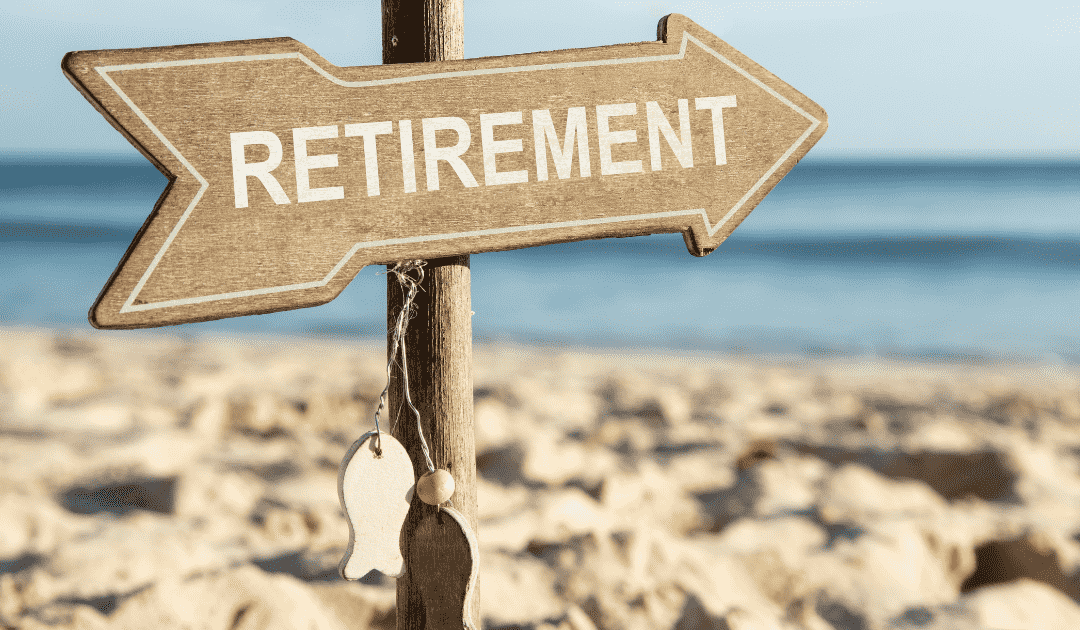Recently, I had a productive conversation with clients who were planning their retirement. We discussed timelines and strategies to secure their future, including selling their current home and weighing the benefits of continuing homeownership versus stepping away from the housing market.
Their current home is valued at around $1.2 million, with no mortgage. They also have savings and RRSPs, but most of our focus was on how to optimize their real estate assets for retirement. If they sold their home, they’d have around $1.14 million in equity to invest, so the key question was how to best use that money to achieve their goals, including frequent travel.
Here’s a look at the options we explored based on their real estate and assets. A scenario like this could apply to many of your clients and come in handy when discussing their options.
Option 1: Sell and invest locally
One possibility was selling their home and purchasing a property in Oshawa with a legal accessory apartment for around $800,000. After covering purchase and closing costs, they would have $300,000 left to invest.
At a 4.0 per cent return, this would generate approximately $12,000 in annual income. In addition, the accessory apartment could be rented for about $1,800 per month, bringing in an additional $21,600 annually.
This would give them a total of $33,600 per year in combined income, which would be taxable but with minimal tax implications given their lower retirement income. Plus, some home expenses could be written off as rental deductions.
Option 2: Buy a seasonal or vacation home
Another appealing option was using the $300,000 to purchase a winter home in Florida instead of investing it in the stock market. After converting the funds to American dollars, they would have about $225,000 to buy a property in “The Villages” northwest of Orlando.
The carrying costs would be about $300 per month. Although this option wouldn’t generate investment income, they would still earn $21,600 annually from renting out their Oshawa property. Additionally, they could rent out their Florida home when not using it, potentially generating $3,000 to $4,000 per month in U.S. dollars.
Helping your clients explore equity-shifting opportunities
This conversation highlighted how many homeowners, particularly those who have lived in their homes for decades, overlook the financial potential of downsizing or shifting their equity into different types of properties. Even if they opted to rent rather than purchase a vacation home, the income from investments or property rentals could still comfortably cover their travel and living expenses.
For homeowners in the Durham Region and many other areas, selling and reinvesting home equity offers a range of benefits, from financial freedom to increased quality of life. I’ve spoken to many who regret holding onto their homes for too long, only to find that rising maintenance costs strained their budget and limited their ability to enjoy retirement luxuries like travel.
At a certain point, it’s important to reassess whether homeownership continues to make sense or if downsizing is the smarter financial move. For my clients, their next step was to consult their accountant about the tax implications of owning rental properties both locally and in Florida.
It’s a good problem to have as they enter this exciting new phase of life. Your clients might be in a very similar position.

Lindsay Smith has been serving as a real estate broker in the Durham region for 39 years, with a focus on building strong relationships with clients and his community to support their real estate needs. Together with his partner, Wendy Starr, they have donated over $90,000 to local charities through closing gifts in recent years. Outside of work, Lindsay enjoys French cooking and ultra-endurance cycling. He can be reached at lindsay@buyselllove.ca.













testing
To suggest that property in “The Villages” can be carried for $ 300 a month is probably unaware of the HOA fees, property taxes and insurance. Insurance rates alone have more than doubled in the last few years and that’s just the beginning. And who wants to live in “the Villages” anyway….lol